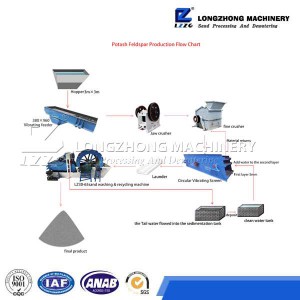
20 tph sand washing and dewatering screen for sale
The widespread use of machine-made sand has made the sand ma…

Tel: 86-18736301510
Fax: 86-379-65160018
Email: export@lylzzg.com
2016-12-19
Sand is a loose, fragmented, naturally-occurring material consisting of very small particles of decomposed rocks, corals, or shells. Sand is used to provide bulk, strength, and other properties to construction materials like asphalt and concrete. It is also used as a decorative material in landscaping. Specific types of sand are used in the manufacture of glass and as a molding material for metal casting. Other sand is used as an abrasive in sandblasting and to make sandpaper.

The preparation of sand consists of five basic processes: natural decomposition, extraction, sorting, washing, and in some cases crushing. The first process, natural decomposition, usually takes millions of years. The other processes take considerably less time. The processing plant is located in the immediate vicinity of the natural deposit of material to minimize the costs of transportation. If the plant is located next to a sand dune or beach, the plant may process only sand. If it is located next to a riverbed, it will usually process both sand and gravel because the two materials are often intermixed. Most plants are stationary and may operate in the same location for decades. Some plants are mobile and can be broken into separate components to be towed to the quarry site. Mobile plants are used for remote construction projects, where there are not any stationary plants nearby. The capacity of the processing plant is measured in tons per hour output of finished product.
Stationary plants can produce several thousand tons per hour. Mobile plants are smaller and their output is usually in the range of 50-500 tons (50.8-508 metric tons) per hour. In many locations, an asphalt production plant or a ready mixed concrete plant operates on the same site as the sand and gravel plant. In those cases, much of the sand and gravel output is conveyed directly into stockpiles for the asphalt and concrete plants.